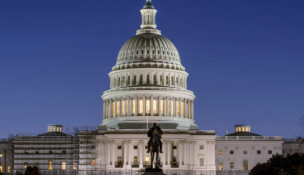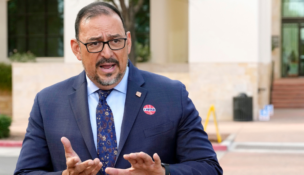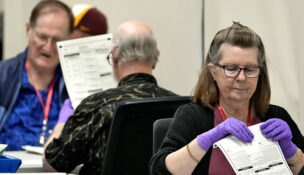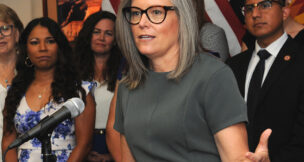Dem election strategy backfired, but Bivens unopposed
Arizona Capitol Reports Staff//January 19, 2009//[read_meter]
Dem election strategy backfired, but Bivens unopposed
Arizona Capitol Reports Staff//January 19, 2009//[read_meter]
Republicans cleaned up in November's legislative elections, taking back three of the seats they lost in 2006 and surprising most observers in the process. Democrats, meanwhile, saw their much-hyped plan...
No tags for this post.

















